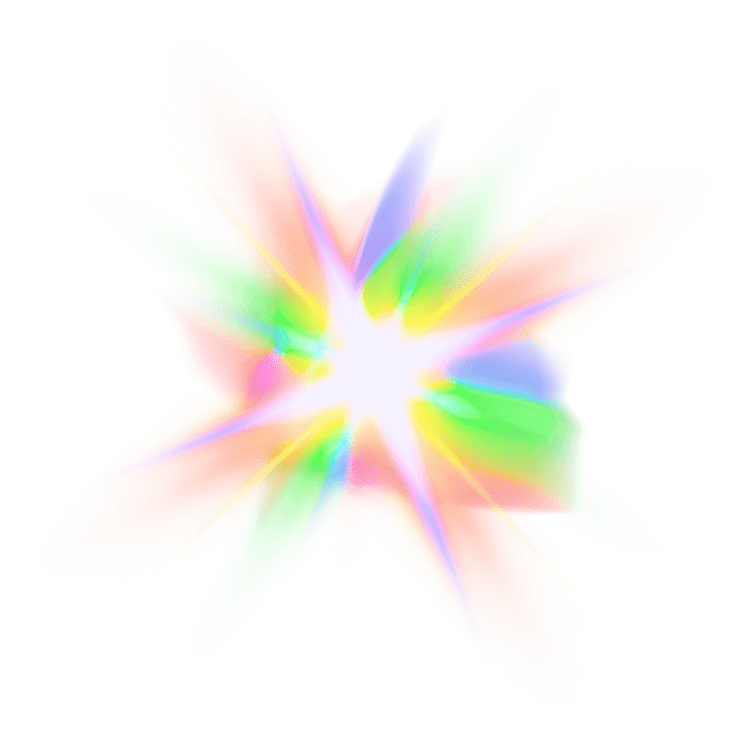Crossing from Constraint into Choice
All meaningful journeys begin at a threshold – a narrow doorway between what is and what might be. In the same way, freedom often lies just beyond the invisible boundaries we erect around our lives. Crossing from constraint into choice isn’t about grand revolutions; it’s a passage through a series of subtle thresholds where awareness, intention, and action converge.
Understanding Your Freedom Thresholds
A threshold is more than a physical boundary; it’s the tipping point between old patterns and new possibility. In everyday life, thresholds of freedom show up as moments when you pause, feel a tightness in your chest, or sense a whisper that asks, “Is this really my choice?” These thresholds can appear in:
- Routines that feel more like chains than anchors.
- Relationships where speaking your truth feels risky.
- Self-talk that insists on perfection or imposes silent “shoulds.”
- Decisions that loop endlessly in your mind without momentum.
Each of these points marks the edge of constraint – and the beckoning of choice.
Recognizing When You’re Standing at the Edge
Before you can cross any threshold, you must first see it. Look for these warning signs:
Emotional Tightening: A flutter of anxiety, resentment, or deflation when facing a decision or situation.
Mental Fog: Thoughts that swirl without clarity – “I should,” “I have to,” and “Maybe someday.”
Physical Signal: Holding your breath, tensing your shoulders, or an inexplicable urge to check your phone or scroll.
Delayed Action: A project you once loved now feels like “too much,” or you find yourself endlessly postponing a simple task.
Noticing these signals is your invitation to pause and ask: “What threshold am I at, and what choice do I long to make?”
Steps for Crossing into Choice
* Name the Constraint. Write down the specific pattern or situation where you feel stuck. Clarity transforms a vague discomfort into a defined threshold you can address.
* Reframe Possibilities. For every “I can’t,” brainstorm three “What if I could…” statements. This shifts your mind from limitation to exploration.
* Small, Intentional Acts. Rather than leaping from one extreme to another, choose micro-actions that honor your values. Examples:
- Saying “no” to one extra obligation this week.
- Swapping one autopilot routine for a five-minute mindful break.
- Setting a two-sentence email boundary when you feel overscheduled.
Ritualize the Shift. Create a simple ceremony to mark your passage—lighting a candle, writing and releasing a symbolic note, or even changing the placement of an object on your desk. Ritual brings the threshold into tangible focus.
Reinforce With Reflection. Schedule a weekly check-in. Ask: “Where did I cross a threshold this week? What choice did I step into?” Celebrate each crossing, no matter how small.
Practical Tools
Freedom Mapping: On a blank page, draw segments for key areas (work, relationships, health, creativity). Shade each from red (constricted) to green (free). Update it monthly.
Constraint Tracker: Keep a simple log of moments you feel “stuck” – note date, trigger, and your immediate reaction. Over time, patterns emerge.
Choice Journal: Before bed, jot down one choice you made that day, however tiny (“I chose to pause before responding to that email”). This builds a muscle of intentional living.
Reflection Prompts
When did I most sense the edge between constraint and choice today?
What small choice could I make tomorrow to step across an invisible boundary?
Which “should” or story am I ready to release in order to claim more freedom?
Crossing your thresholds of freedom is an ongoing adventure—one marked by curiosity, courage, and compassion. Each time you recognize a constraint and choose differently, you widen the doorway for the life you truly want. Step boldly: your freedom awaits just beyond the threshold.







0 Comments
Get involved!
Comments